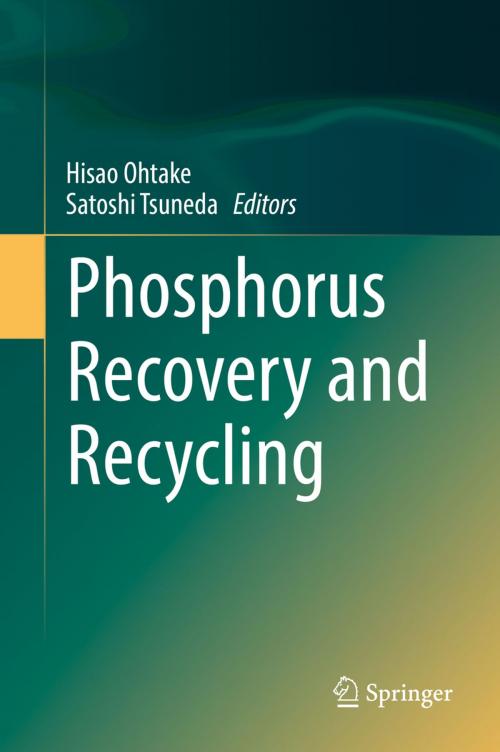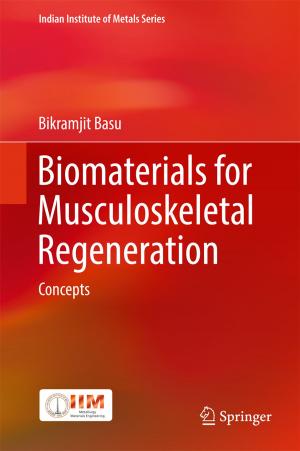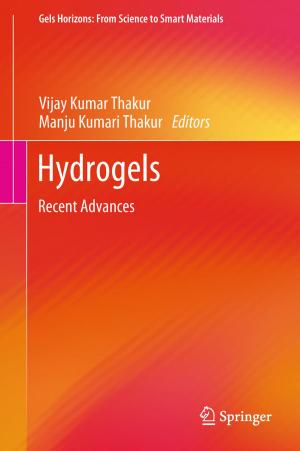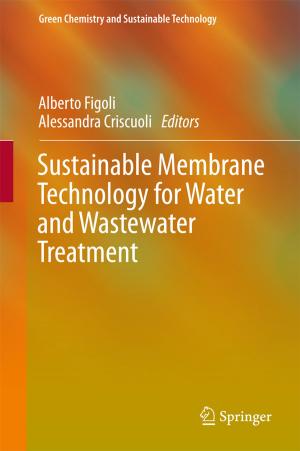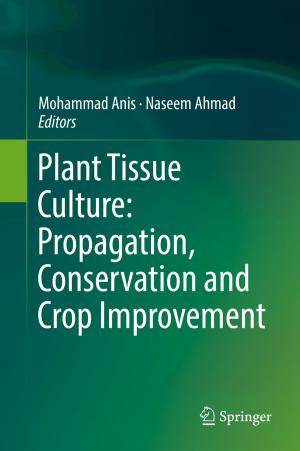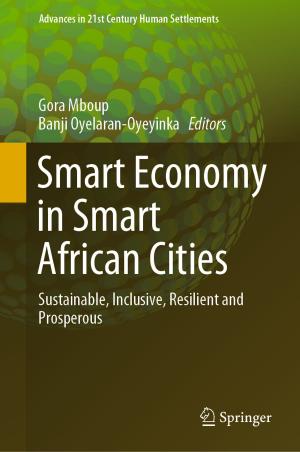Phosphorus Recovery and Recycling
Nonfiction, Science & Nature, Technology, Environmental, Science, Biological Sciences, Environmental Science, Nature| Author: | ISBN: | 9789811080319 | |
| Publisher: | Springer Singapore | Publication: | May 25, 2018 |
| Imprint: | Springer | Language: | English |
| Author: | |
| ISBN: | 9789811080319 |
| Publisher: | Springer Singapore |
| Publication: | May 25, 2018 |
| Imprint: | Springer |
| Language: | English |
This book focuses on the engineering aspects of phosphorus (P) recovery and recycling, presenting recent research advances and applications of technologies in this important and challenging area of engineering. It highlights full-scale applications to illustrate the performance and effectiveness of the new technologies.
As an essential element for all living organisms, P cannot be replaced by any other element in biochemical processes, humans ultimately rely its availability. Today, P is mostly obtained from mined rock phosphate (Pi). However, natural reserves of high-grade rock Pi are limited and dwindling on a global scale. As such, there have been increased efforts to recycle P from secondary sources, including sewage sludge, animal manure, food waste, and steelmaking slag, and so close the anthropogenic P cycle. In addition to various aspects of phosphorus covered by other literature, including chemistry, biochemistry, ecology, soil-plant systems and sustainable management, this book is a valuable and comprehensive source of information on the rapidly evolving field of P recovery and recycling engineering for students, researchers, and professionals responsible for sustainable use of phosphorus.
This book focuses on the engineering aspects of phosphorus (P) recovery and recycling, presenting recent research advances and applications of technologies in this important and challenging area of engineering. It highlights full-scale applications to illustrate the performance and effectiveness of the new technologies.
As an essential element for all living organisms, P cannot be replaced by any other element in biochemical processes, humans ultimately rely its availability. Today, P is mostly obtained from mined rock phosphate (Pi). However, natural reserves of high-grade rock Pi are limited and dwindling on a global scale. As such, there have been increased efforts to recycle P from secondary sources, including sewage sludge, animal manure, food waste, and steelmaking slag, and so close the anthropogenic P cycle. In addition to various aspects of phosphorus covered by other literature, including chemistry, biochemistry, ecology, soil-plant systems and sustainable management, this book is a valuable and comprehensive source of information on the rapidly evolving field of P recovery and recycling engineering for students, researchers, and professionals responsible for sustainable use of phosphorus.
